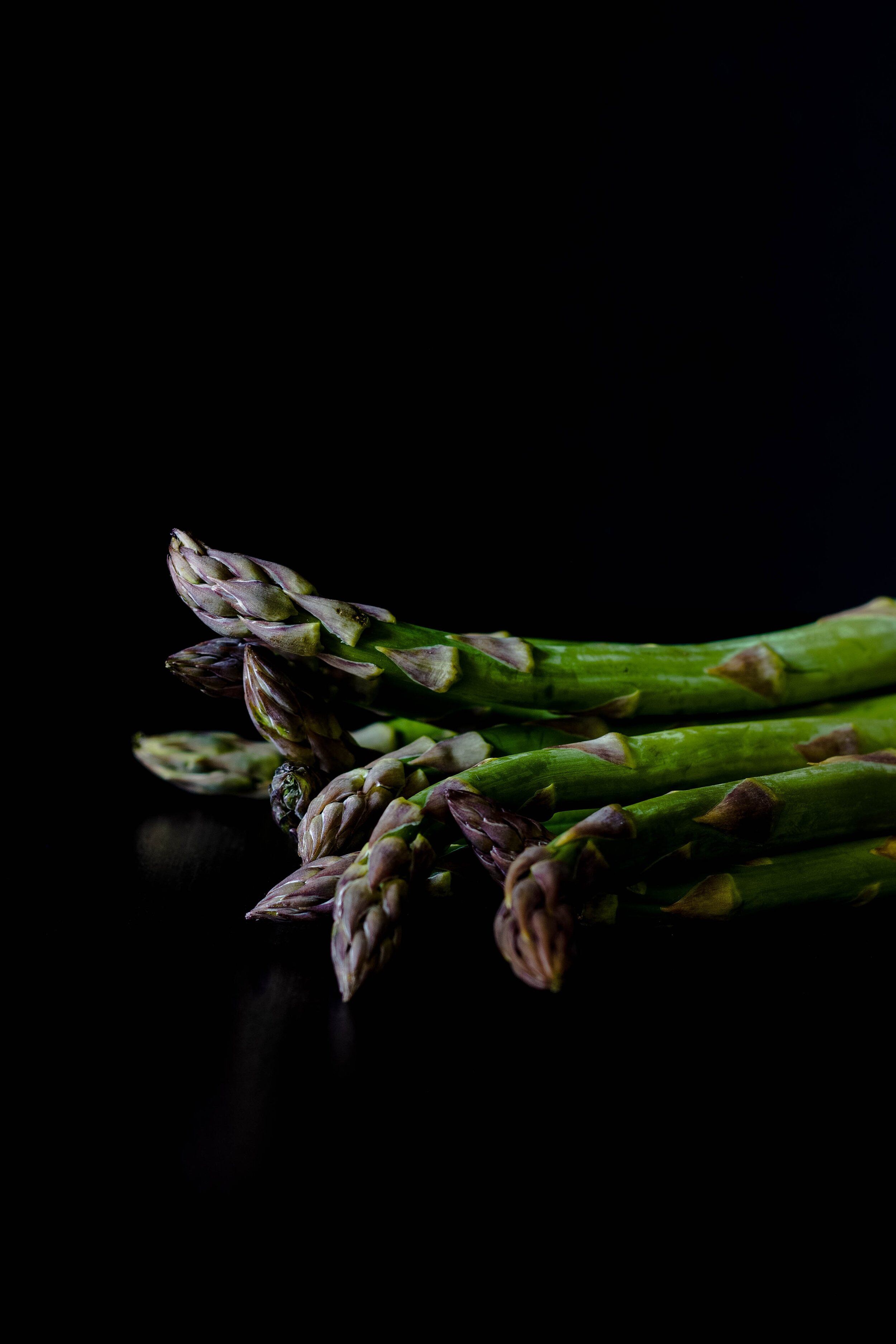What are the worst veggies to buy conventionally grown?
I don’t mean to scare you, but did you know that lab researchers need just one pesticide to create cancer in lab rats?! I am still struggling to comprehend this horrifying fact. But it’s a good enough reason for me to not buy the Dirty Dozen foods conventionally grown.
So what are the Dirty Dozen?
They are the fruits and veggies that have been found to contain the highest traces of pesticide residue when grown by conventional farming methods. So they are the ones you seriously want to avoid, because even after being rinsed (and peeled!) they still contain a high number of pesticides.
Most foods on the Dirty Dozen list have thin skin that’s easily permeable, allowing more pesticides to be absorbed into the flesh. Sadly, strawberries and spinach top the list (two of my faves!) When tested by scientists, strawberries were found to contain an average of 8 different pesticides per sample. Isn’t that disturbing?!
The Dirty Dozen list for 2020
Strawberries
Spinach
Kale
Nectarines
Apples
Grapes
Peaches
Cherries
Pears
Tomatoes
Celery
Potatoes
Note - Raisins don’t appear on here because they’re a dried fruit, not fresh produce. But it’s worth mentioning that 99% of non-organic raisins contained at least two chemical residues.
But it’s not all doom and gloom! The Environmental Working Group have also created a list called The Clean Fifteen. This list indicates what produce is relatively safe to buy non-organic. When tested they contained little to no traces of pesticides, so these are the ones deemed ‘acceptable’ to eat when conventionally grown.
You’ll notice that a lot of the 'clean' produce often has a thick skin, which protects its edible parts from pesticides.
The Clean Fifteen List for 2020
Avocados
Sweet corn
Pineapple
Onions
Papaya
Sweet Peas (Frozen)
Eggplant
Asparagus
Cauliflower
Cantaloupes
Broccoli
Mushrooms
Cabbage
Honeydew Melon
Kiwi
I encourage you to familiarise yourself with these two lists, and use them to help you decide when it’s worth spending that little bit extra on organic produce at the supermarket.
And if fresh organic produce is too pricey opt for the frozen option instead! Since blueberries and spinach are a daily staple in our household we always buy them frozen. That way I don’t have to worry about pesticides and I know they are full of nutrients, plus they last for ages in the freezer. Win win.
But if you can, shop at your local farmers markets instead - this is by far the best option I reckon. Plus you will naturally be eating seasonally and locally, which our biology was made for.
I would also recommend washing your produce well to ensure you get rid of any unwanted bacteria too. Using vinegar has been said to potentially help reduce any pesticide residue or chemicals. I like to soak my fruit and veggies in a bowl of 1 part vinegar and 3 parts water for at least 15 mins, then I rinse and store.
Please keep in mind that what you put in your mouth has more of an effect on your health than anything else in life. It’s worth choosing wisely.
List supplied by The Environmental Working Group.
Please note all the information above is intended as health education.



